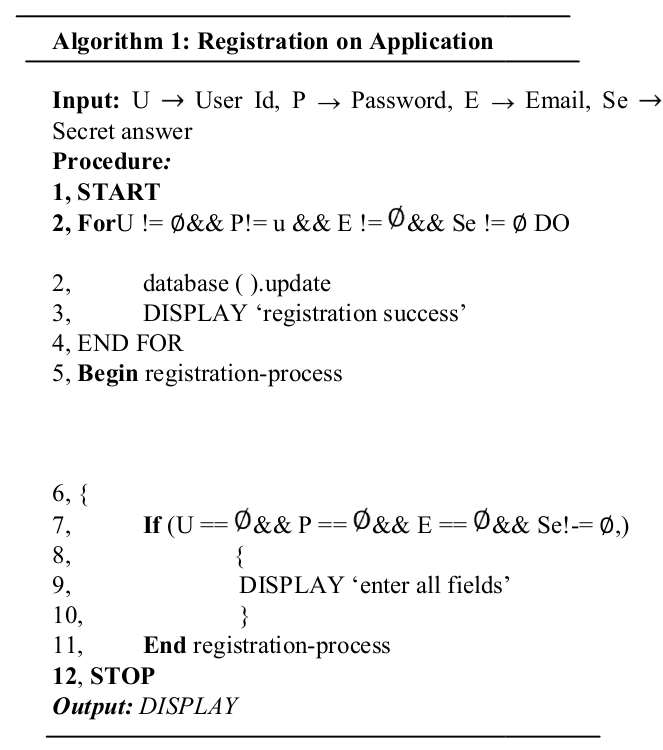An Internet-of-Things based Real-time Monitoring System for Smart Classroom
Keywords:
IoT, Cloud computing, Automation, Allotment, Connectivity, InternetAbstract
The Development in technology has brought about a common norm of communicating and interacting with appliances remotely using portable devices like laptops and smartphones that have Internet connections. This is possible with the use of the Internet of Things, popularly referred to as IoT. This paper presents a system by which classroom held interactions specifically seat allotment is made a simpler process by secured automation coupled with the Internet of Things to develop a system that enables a person or group of people to remotely monitor seat allotment, de-allotment with precision over a wide distance. Traditional means of allotment are quite slow and tiresome especially when dealing with a large number of students. Hence there is a need to develop a system to automatically allot, track, and monitor real-time seats in a classroom. In this research, an IoT seat allotment system is proposed; the system is developed and tested within a smart classroom environment using the Federal University of Agriculture Abeokuta (FUNAAB), Nigeria as a case study. The system is implemented on Arduino IDE using C++ programming language and a prototype of the mobile IoT seat allotment application is developed using Java programming language. Through experimental analysis, it was discovered that the IoT Seat allotment achieved the ranges of 30 % to 50 % reduced time, and higher accuracy when compared with the traditional seat allotment method.

Published
How to Cite
Issue
Section
Copyright (c) 2022 Journal of the Nigerian Society of Physical Sciences

This work is licensed under a Creative Commons Attribution 4.0 International License.




